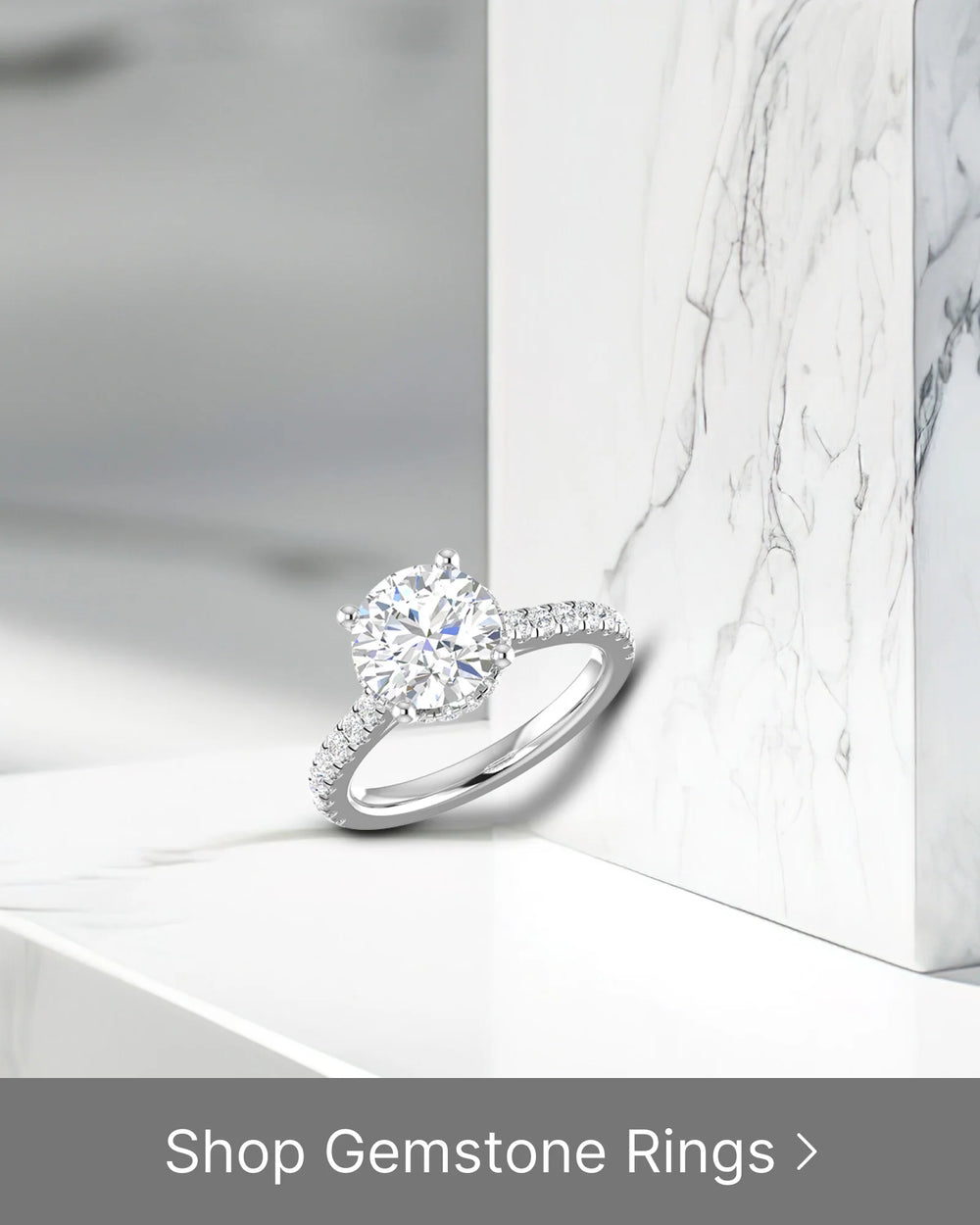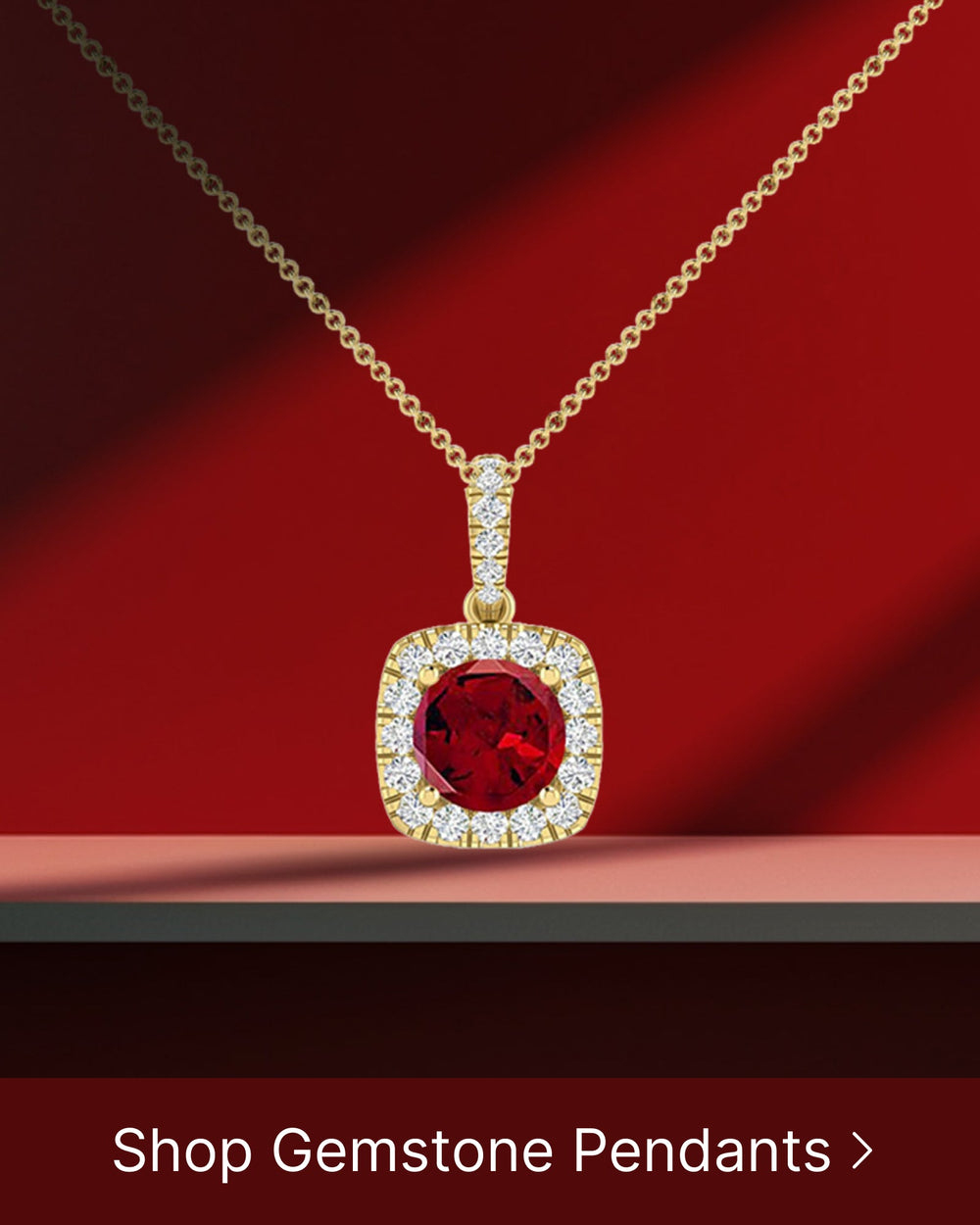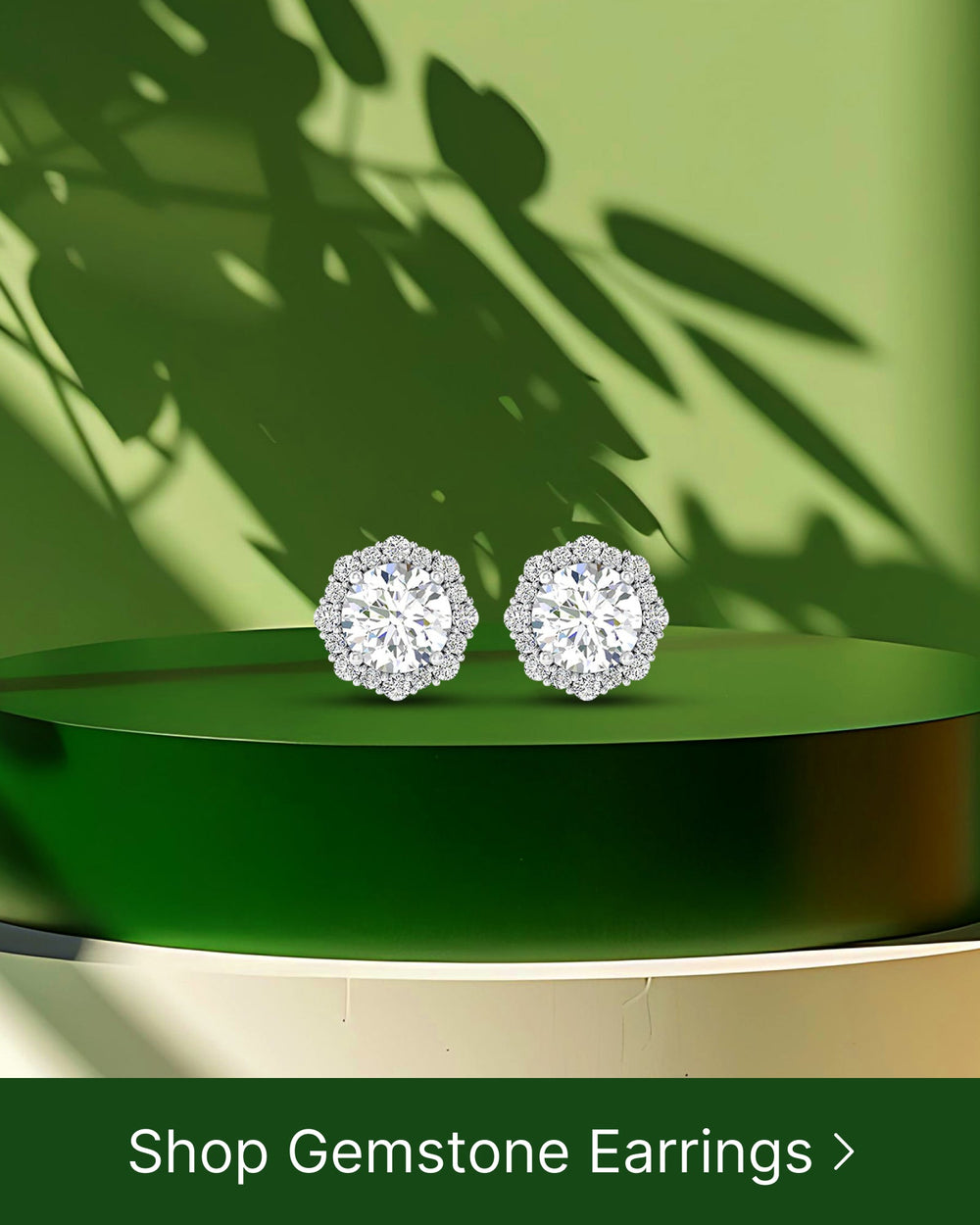South Sea pearls are renowned for their exquisite beauty and timeless elegance. If you're considering investing in these rare and luxurious gems, it's important to understand their origin, quality factors, pricing, purchasing options, and how to care for them. In this ultimate guide, we will delve into all aspects of South Sea pearls to help you make a well-informed decision.
Understanding South Sea Pearls
South Sea pearls are cultivated in the Pinctada maxima oyster, the largest and rarest oyster species. These pearls are treasured for their stunning size, luster, and satiny sheen. Let's explore the fascinating origin and history of South Sea pearls and their unique characteristics.
Origin and History of South Sea Pearls
The cultivation of South Sea pearls began in the early 20th century in the warm, pristine waters of Australia, Indonesia, and the Philippines. These regions provide the ideal conditions for the growth of the majestic Pinctada maxima oyster, which produces the largest pearls in the world.
As the oysters mature, they are carefully monitored and nurtured by pearl farmers. These dedicated individuals ensure that the oysters are in optimal health and receive the necessary nutrients to produce high-quality pearls. It is a labor-intensive process that requires patience and expertise.
South Sea pearls have a rich history that dates back centuries. They have adorned royals and celebrities throughout history, symbolizing wealth, sophistication, and beauty. From ancient civilizations to modern-day fashion icons, South Sea pearls have captivated the hearts of many. Their allure and rarity make them highly sought after by collectors and connoisseurs alike.
Unique Characteristics of South Sea Pearls
One of the most distinguishing features of South Sea pearls is their impressive size, ranging from 9mm to 20mm in diameter. Their larger size allows for a greater display of their natural luster, which contributes to their extraordinary beauty.
South Sea pearls have a distinctive warm hue, with variations ranging from golden to creamy white. This natural color is a result of the oyster's environment and the minerals present in the water. The warm tones of South Sea pearls add a touch of elegance and sophistication to any piece of jewelry they adorn.
When it comes to luster, South Sea pearls are in a league of their own. Their natural luster is mesmerizing, emanating a soft glow that enhances their allure. This luster is a result of the oyster's nacre, which is composed of layers of aragonite crystals. The smoothness and radiance of their surface elevate their elegance to unparalleled heights.
South Sea pearls are also known for their satiny sheen, which is a result of their thick nacre. This sheen gives the pearls a luxurious and opulent appearance, making them highly desirable among jewelry enthusiasts.
Each South Sea pearl is unique, with its own individual characteristics and imperfections. These imperfections, known as "baroque" pearls, add to the charm and authenticity of the pearl. They serve as a reminder of the pearl's natural origins and the journey it has taken to become a cherished gem.
In conclusion, South Sea pearls are not only exquisite in their appearance but also rich in history and symbolism. Their size, luster, and satiny sheen make them a true treasure of the sea. Whether worn as a necklace, bracelet, or earrings, South Sea pearls are sure to captivate and enchant all who behold them.
Evaluating the Quality of South Sea Pearls
When purchasing South Sea pearls, understanding the quality factors is crucial to ensure you make a wise investment. Let's explore the key elements that determine the value and desirability of these magnificent gems.
South Sea pearls are renowned for their exceptional beauty and rarity. These pearls are cultivated in the pristine waters of the South Seas, where oysters create these treasures over several years. Each pearl is a testament to nature's artistry and the dedication of pearl farmers.
Pearl Size and Shape
Size matters when it comes to South Sea pearls. Larger pearls are generally more valuable due to their rarity. The process of cultivating South Sea pearls is a delicate one, and it takes years for an oyster to produce a pearl of significant size. The larger the pearl, the more time and effort it took for it to develop, making it a true marvel of nature.
Additionally, pearls with symmetrical shapes, such as perfectly round or oval, are highly coveted by collectors and jewelry enthusiasts. These pearls exhibit a sense of harmony and balance, making them visually appealing and versatile in various jewelry designs.
However, it's important to note that pearls come in a range of shapes, including baroque and semi-baroque. These unique shapes can add an element of individuality and charm to a piece of jewelry. Baroque pearls, with their irregular and organic shapes, are particularly sought after by those who appreciate unconventional beauty.
Pearl Color and Luster
The color of South Sea pearls plays a significant role in their desirability. Golden pearls, with their warm and rich hues, are highly sought after. These pearls exude a sense of luxury and radiance, making them a statement piece in any jewelry collection. On the other hand, white pearls exhibit classic elegance and timeless beauty, making them a versatile choice for various occasions.
The intensity and evenness of the color throughout the pearl enhance its beauty. A perfectly colored South Sea pearl showcases a uniform hue that adds depth and character to the gem. Whether it's a golden pearl with a warm glow or a white pearl with a pristine sheen, the color should be consistent and captivating.
Equally important is the luster, which refers to the depth and reflectivity of the pearl's surface. High-quality South Sea pearls boast a mirror-like luster that captivates the eyes of beholders. When light interacts with the pearl's surface, it creates a mesmerizing play of light and shadow, enhancing its overall allure. This luster is a testament to the pearl's exceptional quality and reflects the care and expertise that went into its cultivation.
Surface Quality and Nacre Thickness
The surface quality of South Sea pearls should be carefully examined. Flawless pearls with minimal blemishes or imperfections are highly valued. A smooth and unblemished surface allows the pearl to reflect light evenly, enhancing its overall beauty. Pearl farmers meticulously inspect each pearl, ensuring that only the finest specimens make their way into the market.
The thickness of the nacre, the lustrous substance secreted by the oyster, is also a crucial factor in evaluating the quality of South Sea pearls. Thicker nacre enhances the durability and longevity of the pearl, ensuring that it will stand the test of time. This thick layer of nacre also contributes to the pearl's luster, giving it a radiant glow that is unmatched by pearls with thinner nacre.
When evaluating the quality of South Sea pearls, it's essential to consider these factors and appreciate the intricacies that make each pearl unique. Whether you're a collector, a jewelry enthusiast, or someone looking for a special gift, understanding the quality factors will help you make an informed decision and choose a South Sea pearl that will be treasured for generations to come.
Pricing of South Sea Pearls
The pricing of South Sea pearls can vary significantly due to numerous factors. Understanding these factors will help you make an informed decision and ensure you are paying a fair price for your desired pearls.
Factors Influencing Pearl Price
The size, shape, color, luster, and surface quality of South Sea pearls greatly influence their price. Additionally, factors such as the rarity of the pearl type, market demand, and the region of origin also play a significant role in determining their value.
How to Determine Value for Money
When purchasing South Sea pearls, it's essential to strike a balance between quality and price. Setting a budget and understanding the value indicators will help you evaluate different options and choose pearls that offer the best value for your investment.
Purchasing South Sea Pearls
Now that you have a better understanding of South Sea pearls and their quality factors, let's explore the options for purchasing these exquisite gems.
Choosing the Right Pearl Retailer
When buying South Sea pearls, it's crucial to choose a reputable and trustworthy retailer. Look for a retailer with a long-standing history of dealing in pearls and a strong reputation for customer satisfaction. A reputable retailer will provide genuine and high-quality pearls with proper certification.
Online vs. In-Store Purchasing
Both online and in-store purchasing have their advantages and disadvantages. Online shopping offers convenience and access to a wide variety of options, while in-store shopping allows you to examine the pearls in person and seek expert advice. Consider your preferences, budget, and comfort level when deciding the best purchasing method for you.
Caring for Your South Sea Pearls
South Sea pearls are incredibly durable, but proper care is essential to maintain their natural beauty and luster for generations to come.
Cleaning and Storage Tips
Regularly clean your South Sea pearls with a soft, damp cloth and mild soap to remove any dirt or oils that may dull their shine. Avoid exposure to harsh chemicals, such as perfumes and hairsprays, as they can damage the pearls. Store your pearls separately in a soft pouch or lined box to prevent scratching.
Regular Maintenance and Repairs
Periodically inspect your South Sea pearls for any signs of damage or loosening. If you notice any issues, take them to a trusted jeweler for maintenance or repair. With proper care and maintenance, your South Sea pearls will continue to dazzle with their timeless beauty.
By understanding South Sea pearls, evaluating their quality, and making an informed purchase, you can embark on a lifelong journey of elegance and sophistication. Whether you're purchasing for yourself or as a gift, these coveted gems are sure to make a lasting impression.





